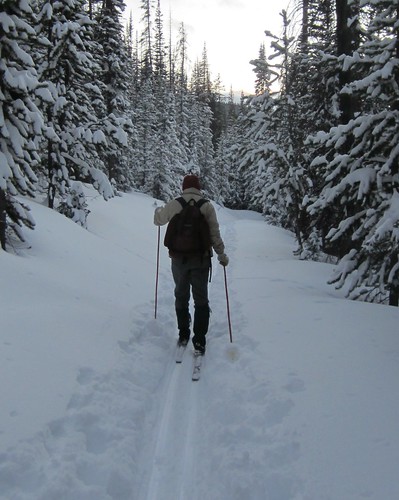
In cycling the Continental Divide in Colorado, you get a vivid picture of where much of our water comes from. During my long bike rides up there, I commonly find snow still melting in June. This snowmelt adds to streamflow that becomes our renewable water supply and my drinking water supply.
The part of rain and snowfall that does not naturally go back into the atmosphere becomes our water supply and it varies greatly across the United States. In the wettest regions, such as New England, precipitation is plentiful and about half of it ends up in streams or replenishes ground water supplies.
At the other extreme—that is, in much of the Southwest—precipitation is scarce and only about five percent of it becomes part of the water supply. The rest evaporates or is used by natural vegetation. Across the Interior West, a region from Arizona and New Mexico to Montana and North Dakota, about 13 percent of precipitation goes into the water supply in an average year.
In the west, most precipitation falls in the high country, where temperatures and evaporation are lowest, meaning it is the source of the majority of the renewable water supply. And that is lucky for the people who live in the west, because much of the high country mountains are forested or protected, so that the quality of the resulting streamflow tends to be very good.
For the United States as a whole, about 55 percent of our drinking water comes from diverting surface flows. The rest is obtained by pumping ground water.
The quality of that water is vitally important. When it comes to diverting surface water, what happens on the watershed upstream is essential, because it determines the downstream financial cost of bringing the water up to drinking water quality standards.
In general, the closer you live to protected land or to forested land, the better is the water quality of the streamflow.
Across the west, nearly 50 percent of the renewable water supply in an average year originates on or adjacent to National Forest land, with another 6 percent coming from National Park lands. And across the west, depending on how forests are defined, 58 to 77 percent of the renewable water supply originates on forests, with some additional water flowing from high-elevation alpine areas.
In the northeast 60 percent of the renewable water supply originates in forests. It is not an exaggeration to say that forests and protected lands play an extremely important role in the provision of water in the United States.
As I play in and around our forests in the west, I am always aware of where my water comes from.




